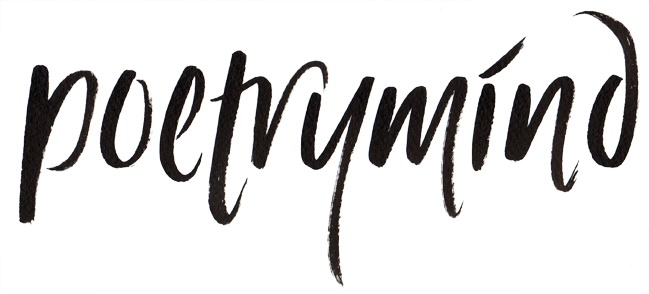A Few Fibonacci Poems from Sarah Doyle
Fibonacci poem (or Fib) is a multiple-line verse based on the Fibonacci sequence so that the number of syllables in each line equals the total number of syllables in the preceding two lines.
Charlie in the Corn:
Darwin at Mike’s Maze
We
were
surprised
to see the
cladistics on the
handout at Mike’s Maze, the grand head
of old Darwin amazed in corn:
myxinformes, dipnoi,
petromyzontiformes, crocodilia,
testudines: What kind of farmer is this?
We tramped slick mud paths among
cornstalks, following trails of thought from form to form, synapse to synapse,
traced the fragile wire of Darwin’s glasses
where they bridged his nose past abrupt,
dead-end paths that marked his forehead’s thoughtful furrows.
From the wavy trails of his beard, exotic
rivers
flowed to Galapagos finches.
His beseeching eyes
sought Down House:
his own
soft
nest.
Bliss
black
dog is
snoring gently on
the bed. Her trust is absolute.
We tell her, “I love you, Poochlie-Boodles. We love you,
Dog-Pie.” We give her treats, rub her belly. We engage in
dog worship, stroking her warm,
hairy little belly. Unmitigated bliss. Sighs.
We envy her. We want bliss, too.
This is as close as
we’re ever
going
to
get.
Charlie in the Corn: Darwin at Mike’s Maze
We
were
surprised
to see the
cladistics on the
handout at Mike’s Maze, the grand head
of old Darwin amazed in corn: myxinformes, dipnoi,
petromyzontiformes, crocodilia, testudines: What kind of
farmer is this?
We tramped slick mud paths among cornstalks, following
trails of thought from form to form, synapse to synapse, traced the fragile
wire of Darwin’s glasses
where they bridged his nose past abrupt, dead-end paths that
marked his forehead’s thoughtful furrows.
From the wavy trails of his beard, exotic rivers
flowed to Galapagos finches.
His beseeching eyes
sought Down House:
his own
soft
nest.
Sarah grew up in Cleveland and lived for many years in Boston/Cambridge, where she worked in college publishing and then freelanced as an editor, proofreader, and book promo writer. In the1990s, she developed an interest in the history of science pursuing it ever since, particularly through the phenomena of posture photographs and the dinosaur footprints of the CT River Valley, which end up having surprising crosscurrents. Presently, she works at Pocumtuck Valley Memorial Association (Deerfield) creating events and a website dedicated to the discovery of dinosaur footprints, and at Independent Living Resources (ILR), a nonprofit working on accessibility for people with disabilities. Her poems are steeped in the local history of Deerfield and her historical interests.
Sarah grew up in Cleveland and lived for many years in Boston/Cambridge, where she worked in college publishing and then freelanced as an editor, proofreader, and book promo writer. In the1990s, she developed an interest in the history of science pursuing it ever since, particularly through the phenomena of posture photographs and the dinosaur footprints of the CT River Valley, which end up having surprising crosscurrents. Presently, she works at Pocumtuck Valley Memorial Association (Deerfield) creating events and a website dedicated to the discovery of dinosaur footprints, and at Independent Living Resources (ILR), a nonprofit working on accessibility for people with disabilities. Her poems are steeped in the local history of Deerfield and her historical interests.



